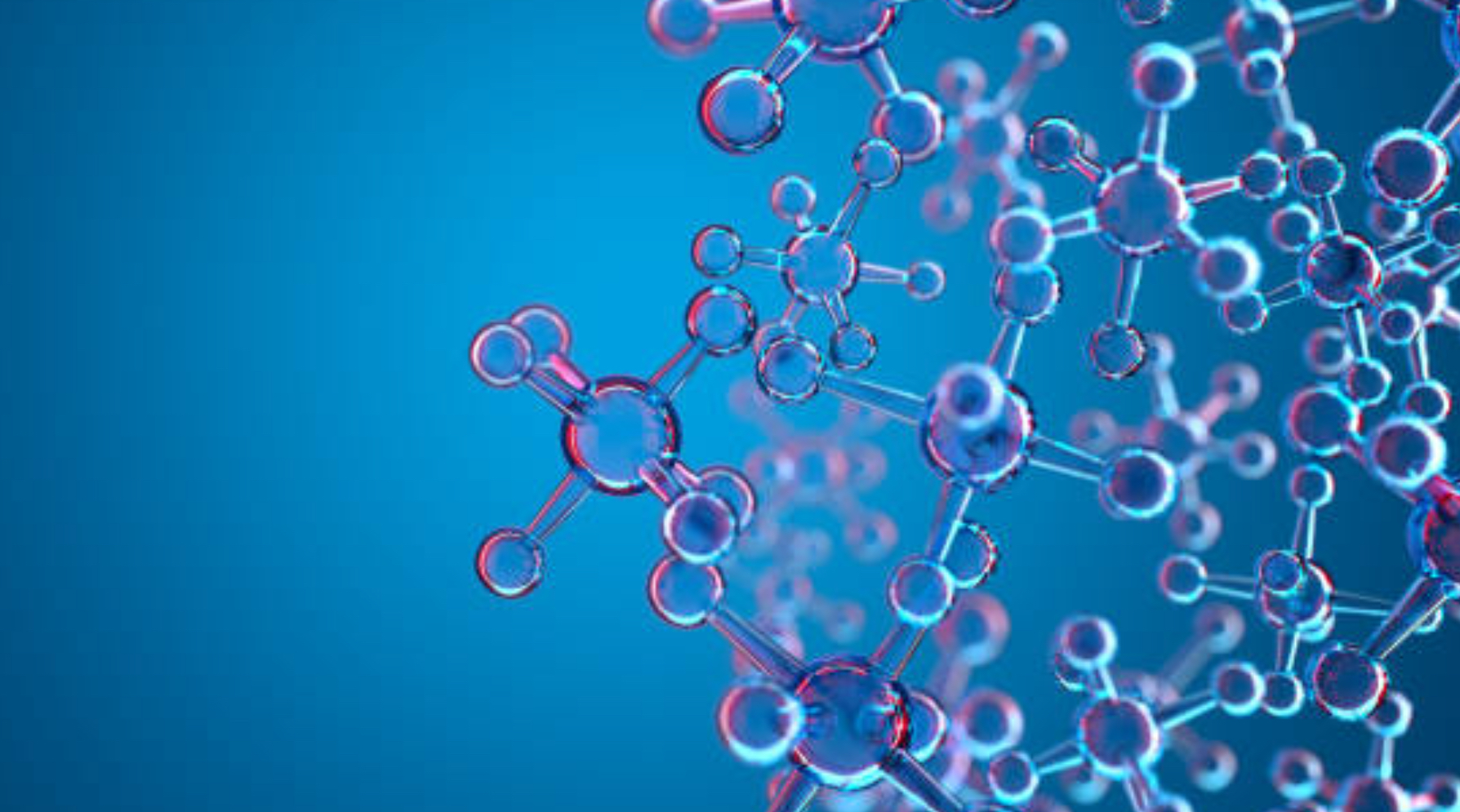Haloalkanes an Introduction
IntroductionHaloalkanesThe halogen derivatives of alkane are called haloalkanes. Or the organic compound containing halogen atom (X = -F, -Cl, -Br, -I) as functional group are called haloalkanes.R...

Chloroform (CHCl3) is an important trihalogen derivative of methane.
Principle
Distillation of ethanol or acetone with moist bleaching powder.
CaOCl2 + H2O → Ca(OH)2 + Cl2
a. From Ethanol
i. Oxidation of Ethanol
C2H5OH + Cl2 → CH3CHO + 2 HCl
ii. Chlorination of Ethanal
CH3CHO + 6 Cl2 → CCl3CHO + 3 HCl
iii. Hydrolysis of Chloral
2 CCl3CHO + Ca(OH)2 → 2 CHCl3 + (HCOO)2Ca
b. From Acetone
i. Chlorination of Acetone
CH3COCH3 + 3 Cl2 → CCl3COCH3 + 3 HCl
ii. Hydrolysis
2 CCl3COCH3 + Ca(OH)2 → 2 CHCl3 + (CH3COO)2Ca
Note: Ca(OH)2 is used for hydrolysis as it itself contains sufficient water.
Figure

fig. Lab preparation of CHCl₃
Procedure
The mixture of Bleaching powder, water, and ethanol or acetone are kept in R. B. flask. It is gently heated using hot water bath. Chloroform distillates out which is condensed using the condenser. The condensed Chloroform is collected in the receiver.
Purification
The collected Chloroform is washed with NaOH using a separating funnel to neutralize the acidic nature of the mixture. It is then washed using Water. After the washing, it is dried using a separating funnel and redistilled at the temperature around 60°C - 65°C. Pure and dry Chloroform is obtained.